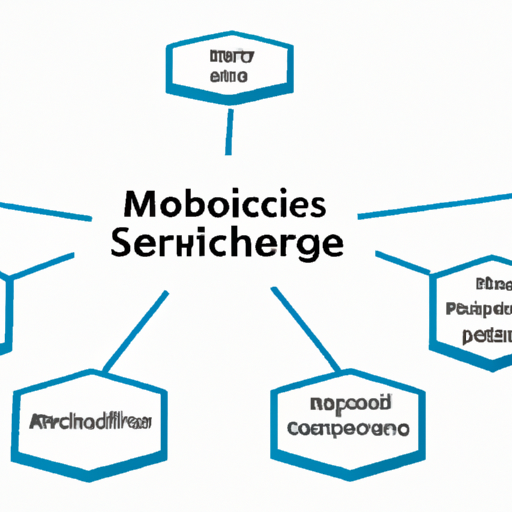Serverless Computing has emerged as a groundbreaking model in the realm of cloud computing, significantly transforming the way applications are developed, deployed, and managed.
What is Serverless Computing?
Serverless Computing allows developers to build and run applications without having to manage the underlying infrastructure. While servers are still involved, the cloud provider handles the server management, allowing developers to focus on writing code and enhancing features.
Key Benefits of Serverless Computing
- Cost-Effective: Companies only pay for the compute time they consume, which means they only incur costs when their code is running.
- Scalability: Serverless platforms automatically scale applications by adjusting resources depending on the traffic. This capability is crucial for handling variable workloads.
- Simplified Deployment: Developers can deploy code in a matter of minutes. This reduces the time-to-market for applications, enhancing business agility.
- High Availability: Serverless architectures often come with built-in redundancy, ensuring that applications remain available without additional configuration.
How Serverless Computing Works
In a serverless architecture, developers write functions that are executed in response to specific events. These functions are hosted on a cloud service provider such as AWS Lambda, Azure Functions, or Google Cloud Functions. The cloud provider handles everything from server provisioning to scaling, load balancing, and availability, which drastically simplifies the deployment process.
Use Cases for Serverless Computing
Serverless Computing is an ideal solution for various applications, including:
- Microservices Architecture: It fits perfectly with microservices as developers can deploy individual functions that are independent yet cohesive.
- Event-Driven Applications: Applications that require response to events, such as webhooks or stream processing, can benefit from a serverless approach.
- APIs and Backend Services: Serverless is commonly used to create APIs and backend applications that need to scale based on demand.
Challenges with Serverless Computing
Despite its benefits, there are challenges associated with serverless computing, such as cold start latency, limited control over the underlying infrastructure, and potential vendor lock-in. Developers need to weigh these factors against the advantages to determine if serverless is the right choice for their projects.
Conclusion
Serverless Computing is undeniably changing the landscape of application development by enabling faster execution, enhanced scalability, and reduced costs. As cloud technology continues to evolve, understanding and leveraging serverless computing can lead businesses to greater efficiency and innovation.
Are you ready to embrace the future of application development? To learn more about Serverless Computing and how it can benefit your business, stay tuned for our upcoming posts!




